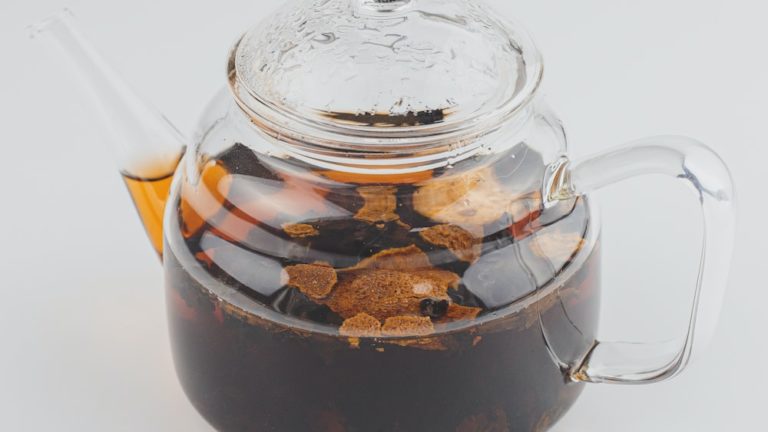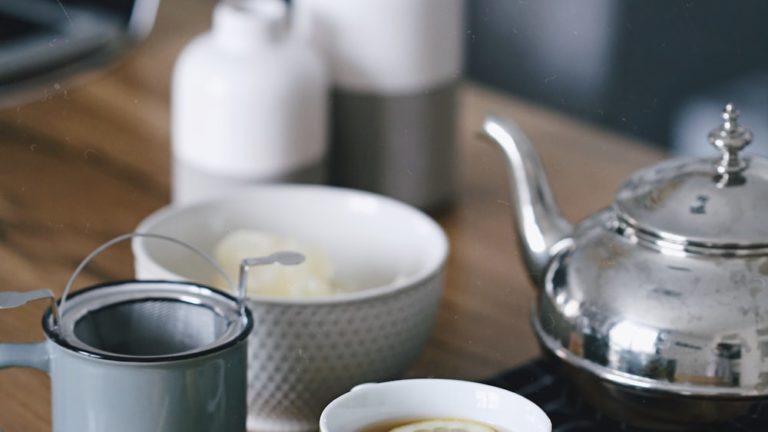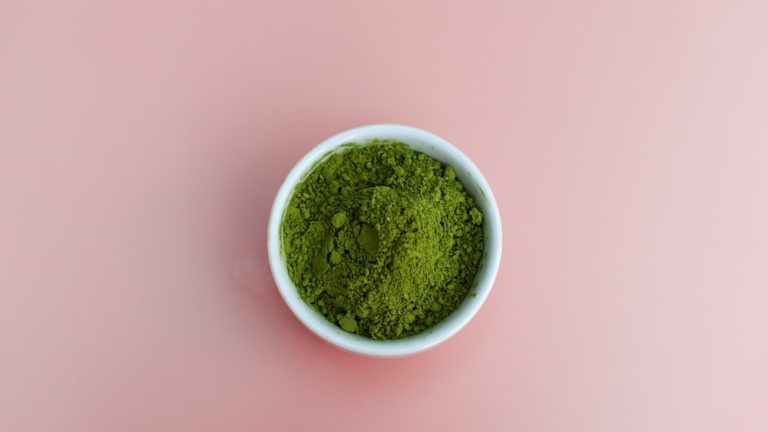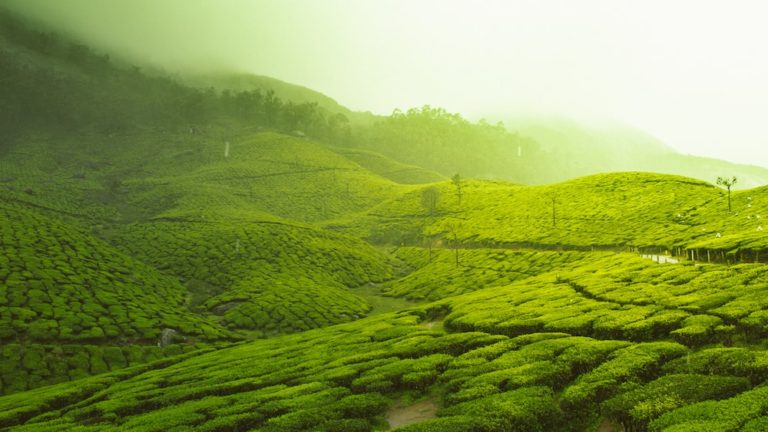How Green Tea Is Made: The Complete Process Revealed
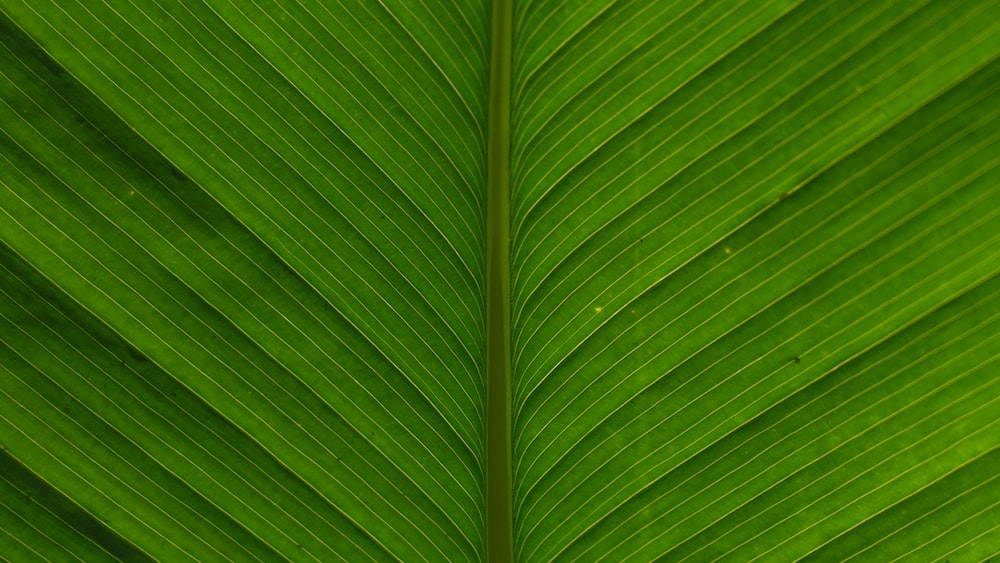
How Green Tea Is Made: The Complete Process Revealed
Hi there, tea enthusiasts! I guess you’ve pulled up a comfy chair, and you’re brimming with anticipation, piping hot cuppa green tea in hand. Are you ready for a fascinating journey? Let’s take a deep dive into the intriguing world of green tea, a brew that’s the equivalent of Bruce Lee in a cup, silently yet powerfully kicking our sluggishness straight out of the window. Ah, who doesn’t love the delicate aroma and the subtle taste of green tea? But have you ever paused mid-sip to wonder about the journey your tea has traveled?
I mean, it is one thing to have a daily dalliance with your favorite beverage, but isn’t it quite another to uncover the fascinating story behind it? From tiny seeds in a chilly tea garden to softly rolled dried leaves in your cup – who knew there was such an epic tale involved?
So, ready to turn Sherlock and unravel the mystery? The first chapter of our leafy saga begins in the misty mountains, amongst the realm of dragons and legends – China! By the time this journey ends, you’ll know everything – from the history of green tea to its benefits, cultivation, and the way it is processed. Not just that, you may even become a tea sommelier – impressing friends by distinguishing between Chinese and Japanese varieties or even speaking word for word about its origin.
The Origin of Green Tea
Let’s dive straight into chapter one, and cut to chase – what’s the story behind our beloved green tea? Where did it all start? Is green tea the lovechild of a thirsty emperor and a rebellious tea leaf? Or perhaps an accidental discovery by a curious, wandering goat-herder?
History of Green Tea
Legend plops us right in the middle of China, around 2737 BC. The emperor back then, Shen Nong (with a scientific curiosity rivaled only by Albert Einstein) was chilling beneath a tree, boiling water (as you do). Unbeknownst to him, a couple of leaves from the tree above snuck into his drink. Shen Nong decided to sip the strange brew and lo and behold! He was so smitten by the flavor that he declared every citizen should drink this leaf-infused water. Thus, green tea, a graceful byproduct of serendipity, took its first baby steps into the annals of human civilization.
Isn’t it remarkable to think that this emperor sipping his new brew had unwittingly set the foundation stone of a billion-dollar global beverage industry? I mean, talk about a tea-rrific impact!
But we aren’t satisfied yet, are we? We’re thirsty for more details about our potion of interest. So let’s dig deeper! Who took up the baton after our pioneering emperor, ensuring that green tea kept flowing? Are they knights without shining armor, or monks with a deep love for tea? Let’s find out…
Legend has it that in 2737 BC, Emperor Shen Nong’s accidental discovery of green tea set the stage for a billion-dollar global beverage industry, leaving us thirsty for more details about its history and those who continued its legacy.
Where Does Green Tea Come From?
Now, before you wonder if green tea has superheroes or starry-eyed monks among its ancestors, let me gently put a pin on that theory. The green tea we sip today, blissfully twirling teacups in our hands, owes its existence mostly to a bunch of diligent farmers working their magic in the tea gardens of China and Japan.
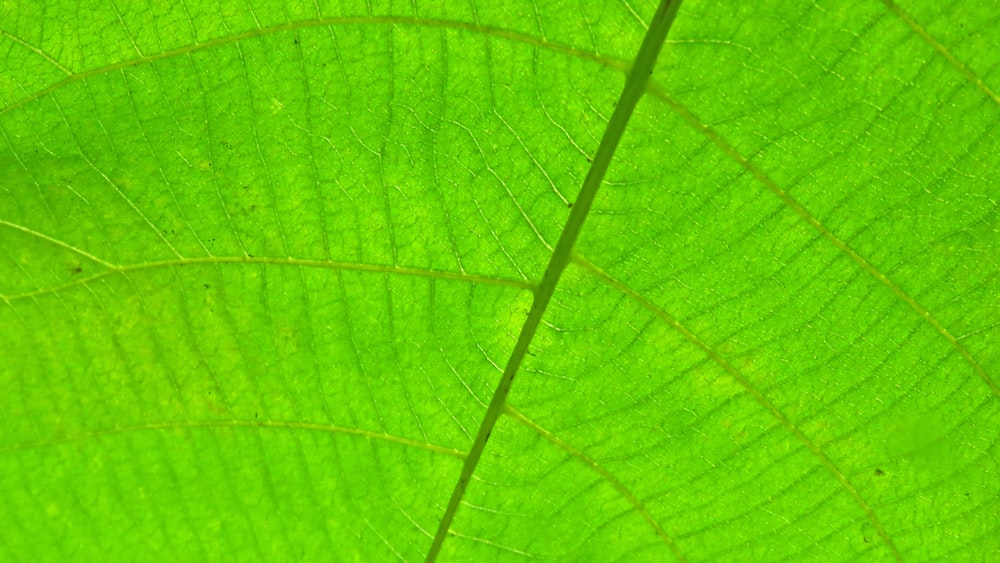
So, brace yourself for a visual treat. Picture lush tea gardens stretching out as far as the eye can see, dotted with farmers wearing straw hats, carefully picking leaves with practiced ease. You can almost smell the freshness of the leaves, can’t you? Ah, breathe in that lovely scent!
But wait, we’re jumping ahead in our narrative. Let’s pace ourselves and start from the very beginning of a tea leaf’s journey. It starts as a seedling, a hopeful glint in a proud farmer’s eyes. Come, let’s find out more…
Cultivation of Green Tea
Like every glorious journey, the saga of green tea also begins with a tiny first step – the cultivation process. It’s a symphony where nature and humans come together to create an orchestra of flavors, carefully directed by the seasons and the tender hands of the cultivators.
Growing Green Tea
Growing green tea is no less magical than Jack’s famed beanstalk – a smidgen of green seed starts its journey skywards, soon to be a bearer of the much-loved leaves. The cultivation process significantly impacts the final taste in our cups. So, what’s the method involved?
Here’s the lowdown: the tea plants are grown on high altitudes, exposed to frost and rainfall, basking in the brilliance of indirect sunlight. You might wonder why they’re flirting with danger and risking frostbites instead of basking by the seaside. Fun fact alert! The at-times harsh conditions lead to slower growth of the plant, and that’s precisely what contributes to the rich flavor and aroma of our tea. How amazing is that?
Tea cultivators use both seeds and cuttings to grow tea plants. The seeds come from mature plants and are sowed during the monsoon season. But let’s not forget our cuttings – snippets from healthy tea bushes that are planted in nurseries to grow into strong, healthy bushes. Both methods play a significant role in preserving and cultivating various green tea varieties.
Harvesting Green Tea
Along comes spring, the season of growth and renewal, and our humble tea bushes stand tall, adorned with teeny-weeny buds and tender, fresh leaves. They’ve grown up now, combatting the harsh winters, nurturing dreams of becoming the flavourful cuppa for someone somewhere (or perhaps right here, for you or me). It’s time for them to step into their destiny. Twist, pluck, twist, pluck. This rhythmic choreography begins before dawn, with seasoned hands ensuring only the most tender leaves and buds make the cut. I mean, can you even begin to imagine the level of meticulousness needed here?
The cream of the crop (or should we say, the tea of the plantation?) comprises of one bud and two youngest leaves – often known as the “peko” or the fine plucking. Take a moment; do you hear the soft whisper of the crisp, green leaves? They’re telling you a fantastic tale of valor, of surviving harsh climates and standing up to be sought after by tea enthusiasts worldwide.
So, we have our bush babies all plucked and ready! The next question is – how do we transform these leaves into a brew that warms our hearts and lights up our day?
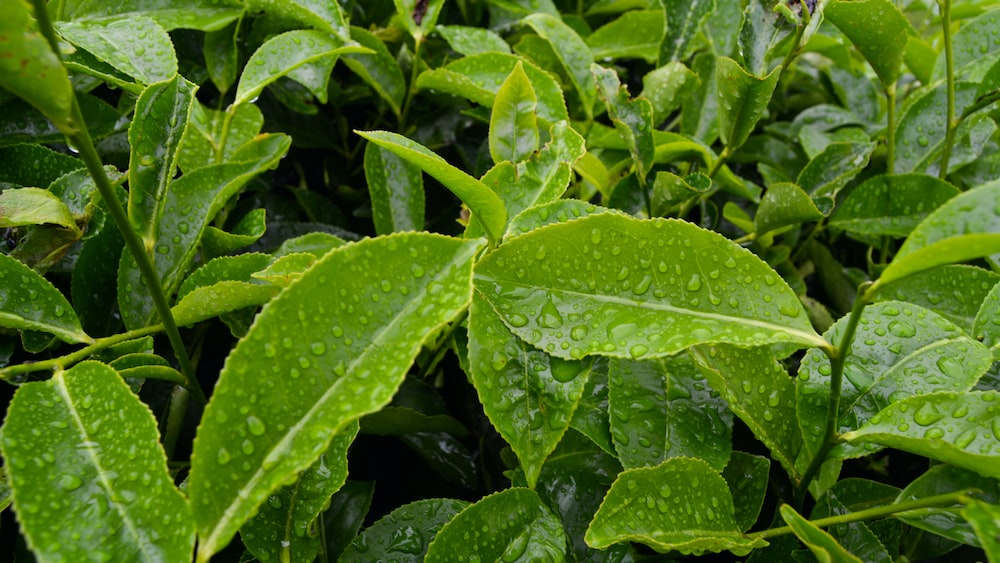
The Making of Green Tea
Just like a block of marble transforms into a life-like sculpture under a sculptor’s chisel, our green tea leaves undergo a metamorphosis too. Let’s unravel the method behind the magic – the steps involved in processing these plucked leaves into the green tea we so adore.
Processing Green Tea
The harvested, full-of-promise leaves, arrive at the processing units, all ready for their makeover. But there’s no time to laze around or indulge in leafy chit-chat. Remember, time is of the essence here, so the leaves are rushed into the processing the moment they come through the factory gates.
Step one in the processing: withering. For those of you baffled by the term, it’s essentially a spa day for the leaves, where they’re gently spread out on trays and left alone for a bit. This drying period allows them to soften, enhancing their flexibility for the further steps.
After they’ve had their relaxation therapy, it’s time for a quick heat bath. Also known as “fixing” or “kill-green,” this step ensures that the enzymes in the leaves, which cause oxidation, are deactivated. Thus, they prevent the leaves from turning brown, sticking true to the green in their moniker.
The leaves undergo withering and a heat bath to enhance their flexibility and prevent them from turning brown.
Heat Differentiates Green Tea Vs. Black Tea
Now, this might come as a shock, but the difference between green tea and its darker sibling, black tea, is not a question of pedigree, but a product of heat applied during the processing stage. Yes, heat dictates the tea color!
Black tea lets the leaves fully oxidize, whereas green tea’s oxidation is promptly halted by the heat treatment. Picture the green tea leaves, rebelliously protesting their browning, thanks to the quick heat applied. This crucial step helps them keep their naturally green color and fresh flavor, unlike black tea.
Not all superheroes wear capes, folks; some just prevent their brethren leaves from turning a darker hue! So the next time you savor your brew, remember the heroic tale of green tea’s defiant stand against oxidation. Isn’t it amusing, the drama that unfolds in the making of your humble cup of tea?
Rolling The Leaf
The tea 101 here is that, rolling the leaf comes right after green tea leaves have been steamed or pan-fired. These delicate flora are then spread out on a circular rolling table. Picture this; it’s kind of like a high-stakes, adult version of playing with dough. Only instead of shaping a delicious pizza or baguette, the fate of your future beverage is in the hands – or rather, the spin – of the tea master.
Each dynamic rotation helps to break down the cell walls of the tea leaf. Through this process, the tea’s juices are methodically exposed to the fresh air, allowing the robust flavors to form. Trust me; this step is a huge deal. It’s the true hallmark of an artist at work, as the intensity of the roll can significantly influence the final taste of the tea.
Shaping The Leaf
Let’s move on to our next act in this tea production drama: shaping the leaf. At this stage, we’re closer to the end than to the beginning, and the painstaking task of rolling green tea leaves transitions into a beauty contest of leaf shaping. Don’t be fooled though; it’s not all vanity. Much like you or I might style our hair differently for a night on the town or a casual day at home, the shaping of tea leaves serves very specific purposes in terms of flavor and type.

Think for a moment of a dancer gracefully twisting her body into shapes unseen. These tea leaves, too, pirouette into a variety of swirls and curls, creating a myriad of green tea extract forms. The leaves can be straightened, coiled, or even turn into tiny spheres. This fascinating stage adds a delicate charm to each plucky leaf while influencing the tea’s eventual brewing behavior and taste characteristics.
Drying Green Tea
After the intense activity of the leaf dance recital, it is time for a reprieve. Drying is the ultimate patience game in the tea-making process. Imagine, if you will, sunbathing leaves, catching some rays as they slowly transform from fresh, juicy plants into ready-to-brew green tea.
First, the moisture content must be lessened because, surprisingly, we’re not aiming to create green-tea-infused raindrops! So, the shimmering, damp leaves are spread out to bask under a warm sun or a gentle artificial heat. This phase poses a stark contrast to the energetic rolling and shaping. It’s the moment where the leaves sigh out their moisture, leaving us with a crisp, dry leaf chock-full of antioxidants. A notable point to remember, drying green tea stabilizes the reactive oxidants released during rolling, locking in the integral green tea features we all know and love.
Drying green tea leaves is a patient process that removes moisture and locks in antioxidants, preserving the integral features of green tea.
Sorting Green Tea
Ah, and we finally arrive at the sorting stage. Now, dismiss any thoughts of high school clique-style segregation. This has more to do with the green tea’s attributes. I mean, think about it: in a lineup of emerald leaves, some are inevitably more equal than others!
In essence, sorting is the tea master’s final act of meticulous quality control. The different leaves are sifted and arranged based on various factors such as color, size, and leaf quality. It’s a surprisingly manual task where the tea master’s keen eye and deft hand orchestrate a harmonious symphony of homogeneity. And hey, it’s not all ruthless. Even less perfect leaves get a second chance, usually winding up as green tea extract or powdered teas.
Varieties of Green Tea
With our labor-intensive tour concluded, it’s time to step into the walk-in wardrobe of green tea types. Don’t believe me? Well, strap in tight. There is a surprisingly wide spectrum of varieties of green tea waiting to strut their stuff on the world’s tea stage.
Chinese Green Teas
Hello and welcome to the most popular tea-exporting nation on Earth. Chinese green teas represent a tapestry of flavors that vary considerably across the expansive country. Like artists signing their masterpieces, different regions impart their unique flavor profiles to each brew.
From the pale, almost champagne-like Anji Baicha, to the chestnut-hinted Longjing, each region engraves its folklore into the tea leaves’ essence. And oh, there’s the rare and elegant Yellow Mountain Fur Peak (Huangshan Maofeng) with its lightly spiraled leaves whispering tales of the mystical Yellow Mountains.
Japanese Green Teas
Now let’s jet across the seas to the islands of Japan, where tea is not just a beverage but an art form – a lifestyle. Japanese green teas, with their glossy deep green color, are generally richer, and more full-bodied than their Chinese counterparts.
Take a sip of the classic Sencha, with its balanced mix of umami, sweet, and astringent flavors, and you’ll be primed for the richer, almost brothy Gyokuro. There’s also Genmaicha, a quirky blend of Sencha and roasted brown rice – a tea that’s a statement on its own.
What Is Matcha Made Of?
We’ve talked about leaf varieties, but let’s address something special: Matcha. So, what is Matcha made of? Well, at its core, it’s still our humble green tea, albeit a cloistered, elite version of it.
Matcha is a kind of powdered green tea. In the weeks before harvest, the tea plants are shaded to ramp up their chlorophyll and amino acid levels, producing an intensely rich, almost emerald green leaf. These leaves are then processed, de-veined, de-stemmed, and finally stone-ground into a fine, vibrant green powder.
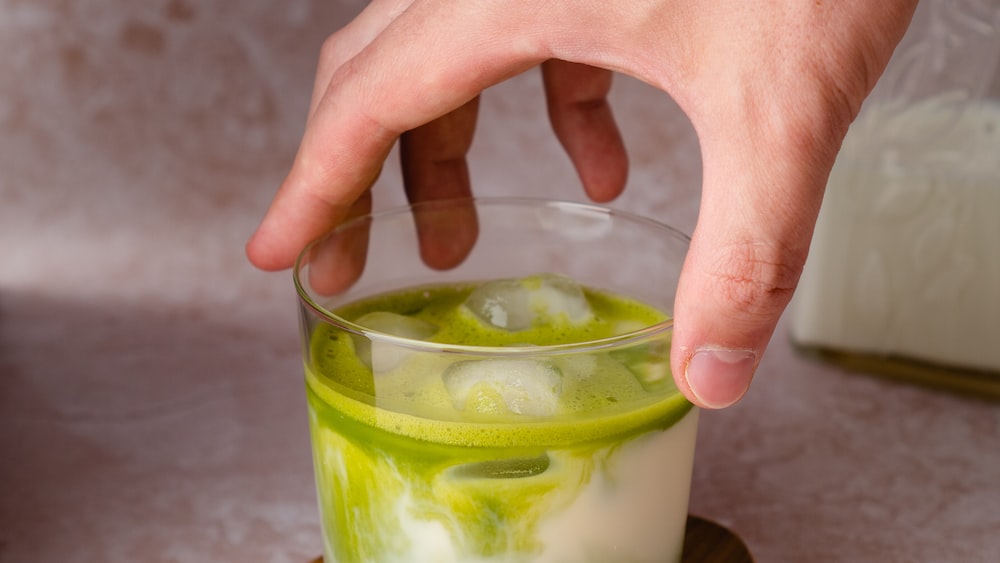
Consumption of Green Tea
And now, my dear tea lovers, we’ve journeyed through the making to the drinking. Consumption of green tea is where all the hard work, skill, and finesse come together, producing an experience that is, well, absolutely tea-rific.
Green Tea Tips and Preparation
To get the best out of your green tea, remember, it’s not about rushing but savoring. Picture it more as a ceremony, not unlike the traditional Japanese tea ceremonies. They’re tranquil, they’re calming, they’re anything but hurried.
The water is the first crucial factor. It should not be just boiled. Green tea leaves are delicate, vulnerable things. Too hot, and they’ll wilt and give you a brew that’s more bitter than sweet. Aim instead for water that’s between 160 to 180 degrees Fahrenheit (70 to 80 degrees Celsius).
Next, pay attention to steeping time – it might be the difference between a perfectly balanced brew and a bitter disappointment (pun absolutely intended). As a general rule of thumb, green teas should be steeped for about 2 to 3 minutes – but don’t hold me to that. Different varieties – like the chestnut-noted Chinese Longjing or delicate Japanese Gyokuro – might have their own specific brewing times.
It’s tea time, folks! But remember, with all these tips and tricks up your sleeve, sipping green tea isn’t just about drinking it’s about appreciating – every single sip.
Caffeine Content in Green Tea
You sipped your sencha tea this morning and now you’re sitting wide-eyed, tapping your foot to an invisible beat. (Is that caffeine singing in your veins? You bet!) Here’s the lowdown: an 8-ounce cup of green tea contains about 25-30 mg of caffeine. However, compared to a similar serving of black tea (40-70mg) or coffee (95-200mg), it’s significantly lower.
But hold on, it’s not just about the figures. Getting into the nuances, scientists have found that the actual caffeine content in your cup can vary depending upon several factors including the type of seedling (camellia sinensis ring any bells?), whether the tea leaves were top buds or mature leaves, the length of steaming or roasting time, and how long you let your tea steep.
The wonderful thing about green tea, though, is that it also contains an amino acid L-theanine which works synchronously with caffeine to give you a calm, focused energy. Isn’t that like having your cake and nibbling it slowly rather than shoving it down in great greedy bites? It’s a smooth lift-off rather than a caffeine rocket strapping to your back and shooting you into space!
Green tea contains a lower amount of caffeine compared to black tea and coffee, but its actual caffeine content can vary depending on various factors, and it also contains L-theanine for a calm, focused energy.
Health Benefits and Risks of Green Tea
Teetering on the edge of joy and concern when it comes to green tea? Well then, let’s dive headfirst into the tumultuous sea of benefits and risks. Amidst the whirlpool of information, it’s easy to get lost, but fret not! We’re here to ferry you through this storm, all while maintaining a cautious balance between the benefits and the pitfalls that can potentially lurk beneath the surface.
Demonstrated Uses of Green Tea
Remember when your grandmother dabbed a tea bag on your sunburn and magically it healed? Yes, she was onto something! Research has validated several therapeutic uses of green tea, ranging from reducing heart disease risk to improving mental alertness.
Furthermore, some animal studies even suggest it may help slow down the parade of bacterial and viral infections. Can you just picture those tea antioxidants, sword in hand, gallantly fighting off the invaders to your body? An army of benefits steeped in one tiny little cup of green tea!
Potential Side Effects of Green Tea
But does it always play nice? Not necessarily. Here’s the catch. Drinking green tea in moderate amounts is generally safe, but overdoing it can have adverse outcomes. Much like anything else in life, the key is moderation, even with this leprechaun of a drink.
For example, too much caffeine can cause jittery behavior, sleep issues, or an upset stomach. After all, riding the caffeine rocket isn’t much fun if it crashes, is it? Furthermore, certain compounds in green tea can lessen iron absorption which may lead to anemia in some people.
Finally, it’s worth a mention that science still debates the veracity of many health claims surrounding green tea. So while it might turn out to be the Hulk of health drinks, for the moment, we should enjoy it for its taste and the established benefits, rather than expecting it to be a miraculous elixir.
FAQs
1. What are the different types of green tea?
Different types of green tea include sencha tea, matcha, Chinese gunpowder, and biluochun. Each type has its distinct flavors and characteristic due to the variations in their leaf type, farming practices, and processing techniques.
2. How does the processing of green tea differ from black tea?
The processing of green tea differs from black tea mainly in the stages of oxidation and fermentation. Green tea leaves are rapidly heated after harvesting to prevent oxidation, preserving their green color and fresh flavors. Black tea, in contrast, is fully oxidized, giving it a darker color and robust flavor profile.
3. What is the caffeine content in green tea?
The caffeine content in green tea is relatively modest, with approximately 25-30mg per 8-ounce cup. Various factors such as tea leaf age, processing methods, and steeping time can influence the final caffeine content.
4. What are the potential health benefits and risks of green tea?
Green tea offers several health benefits, ranging from improved mental alertness to potential heart disease prevention. However, excessive consumption leads to potential risks, such as sleep issues from too much caffeine and impaired iron absorption.
Conclusion
As the last sip vanishes from your teacup, our journey through the whimsical world of green tea also draws to a close. And what a journey it’s been! We’ve roamed through history-laden lanes, tip-toed around tea plantations, peeked into the bustling factories, and even sprinkled a pinch of science on our understanding of this ever-glowing emerald gem.
Remember, our green tea exploration is akin to savoring a cup of oolong tea. As the leaves unfurl, more flavors and layers are revealed, invoking the sublime dance of discovery. The world of tea is as deep and fascinating as we choose to dive. So continue steeping, sipping, and evoking tales in every cup.
Wishing you magical tea moments, until we meet at the next crossroads of tea trails and tales. Farewell and remember, there’s always time for tea!
Zoe

